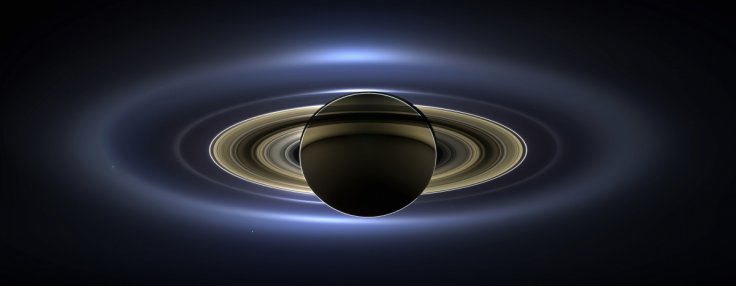
In a recent exciting discovery, astronomers have claimed to have found 128 new official moons around Saturn, increasing the number of moons in the Solar System to 274—the most of any planet.
The International Astronomical Union acknowledged a group of astronomers at the Academia Sinica in Taiwan, led by Edward Ashton, for their discovery.
Saturn has surpassed Jupiter, which has 95 known moons, with the new sightings. Uranus (28), and Neptune (16) are still ranked third and fourth, respectively.
Moons of Saturn
Ashton said, "Sure enough, we found 128 new moons. Based on our projections, I don't think Jupiter will ever catch up."
However, these tiny rocks are only a few kilometers across, in contrast to the Earth's Moon, which is 3,475 kilometers wide. In contrast to Titan and Rhea, two of Saturn's main moons, they frequently go in reverse as they circle the planet in erratic, far-off orbits.
"I don't think there's a proper definition for what is classed as a moon. There should be. With current technology, I don't think we can do much better than what has already been done for moons around Saturn, Uranus and Neptune," Ashton added.
Images from the Canada France Hawaii telescope were stacked to find the new group of moons. As is customary for Saturn's moons, they will eventually be named after Gallic, Norse, and Canadian Inuit deities.
The study was greatly aided by the observations of Scott Sheppard, an astronomer at the Carnegie Institution for Science in Washington, even though the majority of the moons are new finds.
Reason behind high moon count
By utilizing the 8.2-meter Subaru Telescope on Mauna Kea in Hawaii to study areas of space close to Saturn and find feeble light from these tiny, irregular moons, Sheppard gave hints about the existence of these moons between 2004 and 2007.
However, because their orbits could not be reliably followed, most of them could not be identified as moons. After reviewing Sheppard's findings, Aston used cutting-edge, contemporary equipment to detect the moons.
The composition of the objects in orbit around Saturn may potentially be the cause of its high moon count. According to Sheppard, since Saturn is farther from the Sun, it likely caught more icy things that may "fracture easier than Jupiter's rocky objects".









